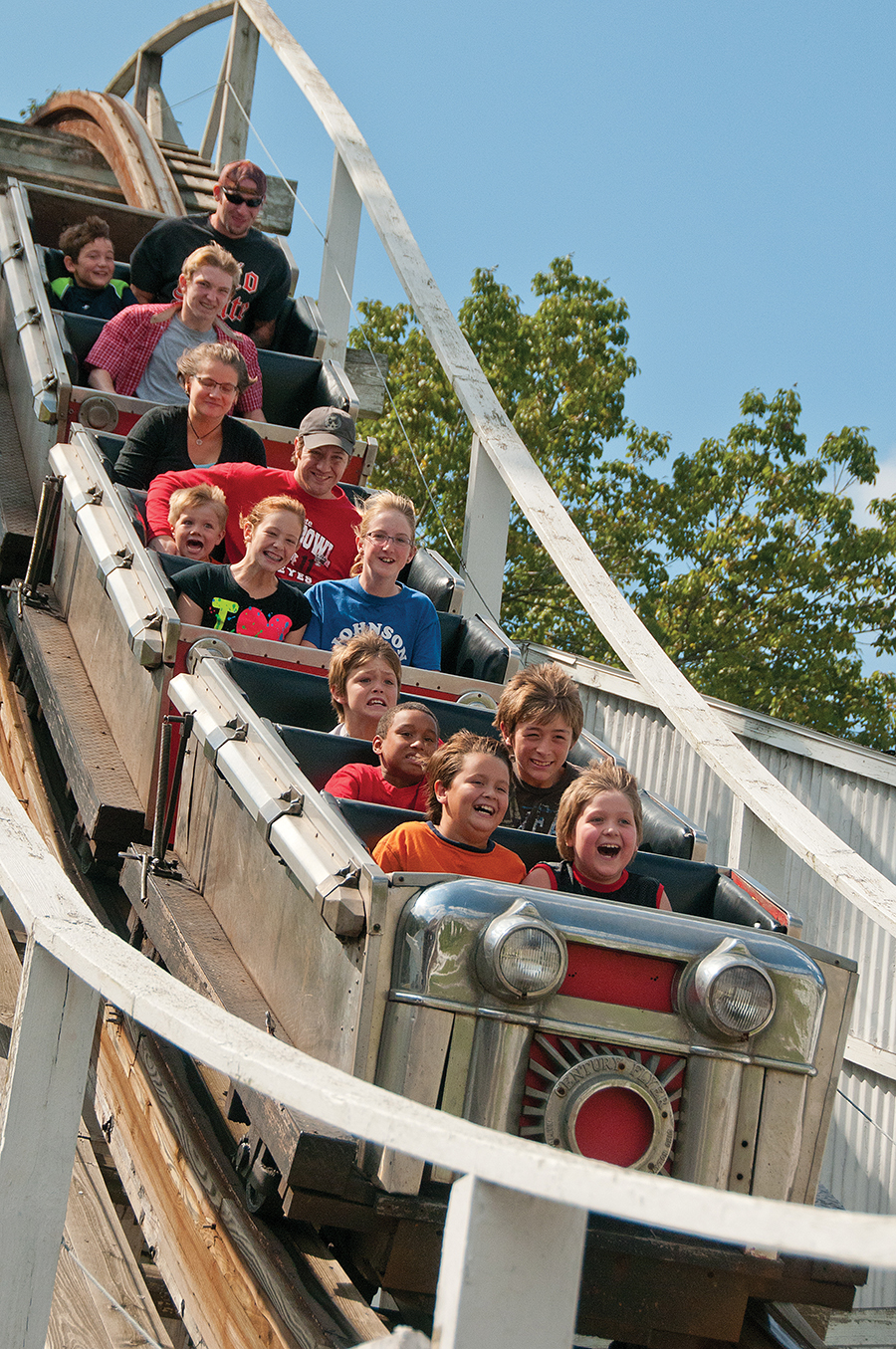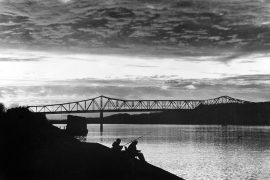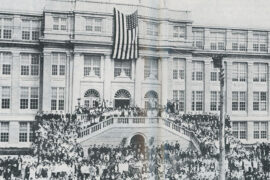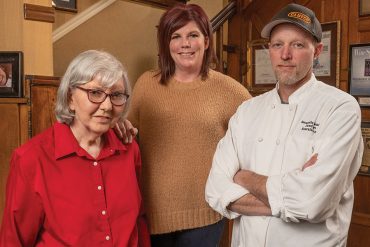After 109 years, Camden Park is still providing fun and thrills to the Tri-State.
By James E. Casto
HQ 78 | SUMMER 2012
Young children marvel at their first visit. Their older brothers and sisters are thrilled to be back again. (“Am I big enough to ride the Big Dipper this year?”) And walking the midway takes their parents and grandparents down memory lane as they recall hot summer days filled with fun rides, hot dogs and cotton candy.
Fun-seekers of all ages are flocking to Camden Park again this summer – its 109th summer since the park opened in 1903.
The historic family-run park, West Virginia’s only amusement park, is located on U.S. 60 five miles west of Huntington. A jumbo sign showing a smiling clown marks the park’s entrance and is hard to miss even if you’re a first-time visitor.
Manager Jack Boylin says the 23-acre park has two dozen rides, including a carousel that dates to the park’s earliest days, a recently refurbished Haunted House and the Big Dipper, a vintage-1958 wooden roller coaster than attracts coaster fans from all over the country.
“We even had a group from England visit last summer,” Boylin remarks.
The Big Dipper features its original cars complete with headlights and detail work. It’s classified as a Coaster Classic by the American Coaster Enthusiasts organization. The park also has a smaller coaster, the Lil’ Dipper. Completed in 1961, it’s also listed as an ACE Coaster Classic.

Another certifiable antique ride at the park is The Whip, built by William F. Mangels of Coney Island, N.Y. It’s one of a handful of these classic flat-rides still in existence. A vintage train chugs its riders around the park, while an aerial tram whisks overhead, providing people an airborne glimpse of what’s below. On summer days, people stand in line to take a ride – and a refreshing dip – at the West Virginia Logging Company, a log flume ride.
Over the years, Camden Park has been the setting for an almost bewildering list of events and activities: marathon dances and roller derbies, baseball games and horse shows, a swimming pool and a zoo, plus concerts by such country-music superstars as Garth Brooks, Vince Gill and Marty Stuart, who took the park’s stage early in their careers.

As Boylin explains, Camden Park originated as a “trolley park.” By the end of the 19th century, most towns had streetcar lines, and many of those opened picnic groves along their routes to boost summer-time traffic on weekends and holidays. That’s what prompted U.S. Sen. Johnson M. Camden, the principal stockholder in the Camden Interstate Railway, to establish Camden Park. A 1919 estimate put the nation’s number of trolley parks at more than 1,500. Today, virtually all of them have long since vanished. The handful that are still open have been able to succeed because, like Camden Park, they grew from picnic groves into full-fledged amusement parks.
The streetcar line hired Col. E. G. Via as Camden Park’s manager when it opened in 1903. Via bought the park in 1916 and ran it until his death in 1946. Jack Boylin’s grandfather, Huntington furniture dealer James P. Boylin, then purchased the park. When Boylin bought it, the park had nine rides and a number of buildings still damaged by the 1937 flood. He undertook a substantial expansion of the park, adding rides and other attractions over the next few years.
In 1980, the Boylin family sold the park to out-of-town owners, a move that proved disastrous. The new owners neglected essential maintenance and, when they found themselves drowning in debt, even sold off the hand-carved wooden horses that once graced the vintage carousel, replacing them with metal replicas. By 1994, the park owners owed $2 million to their creditors, including the Boylins.
In 1995, the Boylins, who still owned the land where the park stands, stepped in and took the park back. Since then, Jack Boylin and his mother, Jane, who provides front-office help, have invested time, money and effort to bring the park back from the brink.

On their return to the park, the Boylins got off to a rocky start with a $1 million fire that in 1996 destroyed the park’s office, Skeeball area and Roller Rink. In addition to dealing with the fire damage, the Boylins faced a long list of maintenance projects.
“It was as if nothing had been painted or landscaped for 15 years,” says Jack Boylin. Leaky roofs and cracked pavement demanded repair.
But then came new attractions. Swan Lake, a lake filled with pedal boats, was added in 2002. In 2003, to celebrate the park’s 100th anniversary, the public was asked to vote on a new ride and picked the Sky Rider, a popular attraction that sends two dozen riders flying around high in the air – while lying down.
More recent additions include a hillbilly-themed 18-hole miniature golf course and the Camden Princess, a ride that rocks and whirls its riders back and forth.
Fans of the park’s vintage Ferris Wheel will regret to learn that it’s dismantled and gone this year, a victim of old age. But it is to be replaced by The Rattler, a new ride that will debut July 4.
At the center of the park is an Indian mound, said to be one of the largest in West Virginia. Never excavated, it was probably built by the Adena people between 1000 B.C. and A.D. 1. The top of the mound was used as a bandstand in the early part of the 20th century.

“We’re getting ready to erect a set of historical signs giving people some of the background of the mound,” Boylin says.
Other recent additions at the park include the Happy Clown Toy Shop, which sells everything from stuffed animals to Lego sets, and a candy store. The park’s vintage cafeteria has morphed into the West Virginia Grille, serving everything from the park’s signature corn dog, dubbed the Pronto Pup, and giant burgers to smoked brisket and blackened snapper, fresh fruits and salads.
Boylin says he and his mother have other additions in mind for the park – “but it all depends on attendance.”
Last summer’s attendance was down a bit, Boylin notes, but it was likely because the area experienced so much rain, especially on Saturdays.
“Overall we were pleased, even though attendance was down from 2010, which was really an excellent year,” Boylin says. “Obviously, we’re hoping for a dry summer this year. That may not be good for the farmers, but it’s great for us.”





